The Role of Precast Connections in Modern Infrastructure
Precast connections have become vital in contemporary infrastructure projects. Their influence extends from reducing construction time to enhancing structural integrity. This article delves into the important role that precast connections play in modern infrastructure, examining their benefits, applications, and future potential.
Understanding Precast Connections
Precast connections refer to elements made from concrete and cast in a controlled environment, then transported to the construction site for assembly. This method allows for precise engineering and quality control. These products are crucial for various infrastructure developments, offering solutions to traditional construction challenges.
Benefits of Precast Connections
One of the primary advantages of precast connections is their ability to foster speedy construction. Since elements are prefabricated, they can be built simultaneously with site preparation. This dual approach reduces project timelines considerably.
Additionally, precast connections promote higher quality standards. Being manufactured in a controlled setting ensures uniformity and durability. This level of precision is often unattainable through traditional onsite construction methods.
From a financial perspective, precast connections can lead to significant cost savings. Shorter construction periods coupled with fewer labor requirements reduce overall expenses. Furthermore, their durability minimizes maintenance costs over time, providing long-term economic benefits.
Applications of Precast Connections in Infrastructure
Precast connections find a wide range of applications across varied infrastructure sectors. Below are some key areas where they have demonstrated substantial effectiveness.
Bridges
Bridges are one of the most critical infrastructure components where precast connections excel. They improve construction speed and enhance the structural integrity of the project. Precast concrete girders are often utilized, allowing for rapid assembly without compromising the quality of the final structure.
Buildings
In commercial and residential construction, precast components provide versatility. They can be molded into various shapes, catering to aesthetic and functional requirements. Precast wall panels and floor systems not only speed up the building process but also allow for energy-efficient designs.
Roads and Highways
Precast elements are increasingly being used in road and highway construction. Precast concrete slabs, for example, streamline the installation process while ensuring durability under heavy traffic. They provide an immediate road surface that can be utilized soon after installation, minimizing disruption.
Technical Considerations for Precast Connections
While the benefits of precast connections are clear, it is vital to consider the technical aspects that contribute to their performance.
Design and Engineering
Effective design is a cornerstone of successful precast construction. Engineers must account for loads, environmental factors, and the overall layout of the project. Innovative design software allows for precise modeling and analysis, ensuring that precast connections meet safety and performance standards.
Connection Systems
The choice of connection systems is critical. Different methods, such as bolted, welded, or grouted connections, can significantly affect the structural behavior of the overall project. The selection should consider load transfer, ease of assembly, and factors related to dynamic forces.
Quality Assurance
Quality assurance in the precast industry is paramount. Rigorous testing, both during production and post-installation, ensures that each component meets regulatory standards. Strategies like non-destructive testing are employed to evaluate the integrity of connections without causing damage.
Challenges and Considerations
Despite the many advantages of precast connections, certain challenges must be addressed.
Transportation and Handling
Transportation of large precast elements can be logistically complex. Proper planning is necessary to ensure that components arrive at the site without damage. Handling methods must minimize stress on the elements to preserve their integrity.
Site Adaptability
Each construction site presents unique challenges. Adapting precast systems to fit specific site conditions can complicate installation. Flexibility in design and planning is essential to ensure that precast connections can be successfully integrated into various environments.
Future Trends in Precast Connections
The future of precast connections looks promising, with ongoing advancements being made in technology and materials.
Sustainability
As environmental consciousness increases, the demand for sustainable construction methods grows. Precast connections can accommodate this shift through the use of recycled materials and energy-efficient designs. Additionally, the durability of precast elements reduces the need for repair and replacement, further promoting sustainability.
Technological Integration
Future infrastructure projects may see enhanced integration of technology. Innovations such as 3D printing and improved material science could transform how precast connections are developed and utilized. Smart materials capable of self-repair or monitoring structural health show significant potential for enhancing structural integrity.
Conclusion
Precast connections are a cornerstone of modern infrastructure development. Their speed of construction, quality control, and adaptability make them an essential component of various projects. As infrastructure demands continue to grow, so too does the need for innovative and efficient construction practices.
The ongoing evolution of precast technology, coupled with an increased focus on sustainability, will likely shape the future of infrastructure. Ensuring the reliability and performance of precast connections will remain crucial for maximizing structural integrity and enhancing the longevity of constructed facilities.
As industry professionals continue to explore the potential of precast connections, it is clear that they will play a pivotal role in meeting the infrastructure needs of the future.
Author: STAFF HERE OUTER BANKS WRITER
The OBX STAFF WRITER represents the experienced team at HEREOBX.com, your go-to source for actionable local news and information in the Outer Banks, Dare County, and beyond. Specializing in "news you can use," we cover essential topics like product reviews for personal and business needs, local business directories, politics, real estate trends, neighborhood insights, and state news affecting the area—with deep expertise drawn from years of dedicated reporting and strong community input, including local press releases and business updates. We deliver top reporting on high-value events such as the Outer Banks Seafood Festival, NC VIP Fishing Tournament, and NCBBA Red Drum Tournament. Our coverage extends to key organizations like the Outer Banks Chamber of Commerce and Outer Banks Community Foundation, plus leading businesses in tourism, retail, and hospitality that power the local economy such as Kitty Hawk Kites, Outer Banks Mall, and Avon Fishing Pier. As part of the broader HERE network, including HEREAsheville.com, HERECharlotte.com, HEREGreensboro.com, and HERERaleigh.com, we provide comprehensive, credible insights into North Carolina's dynamic landscape.







